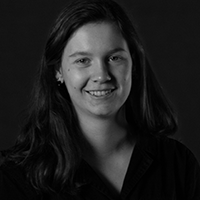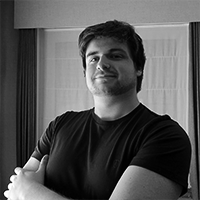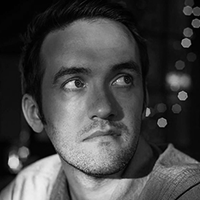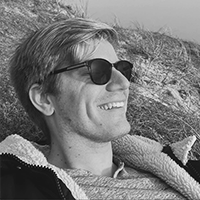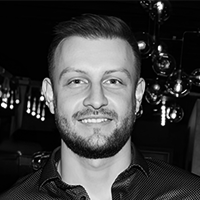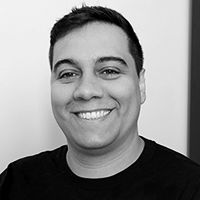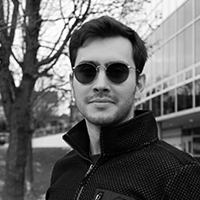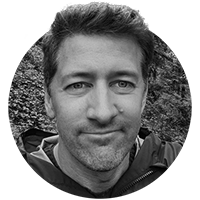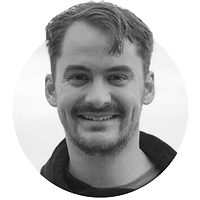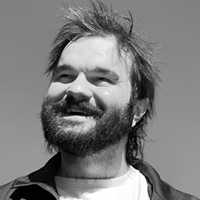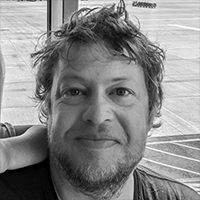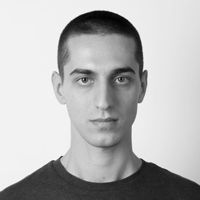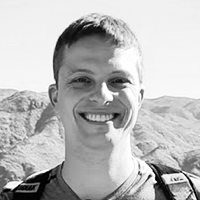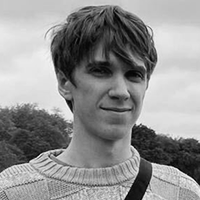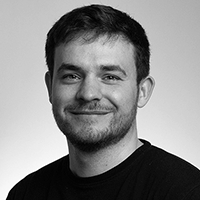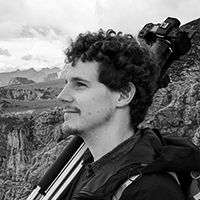
SideFX was pleased to host the worldwide Houdini community to come to Toronto on September 10-12 for Houdini HIVE Horizon. In this three-day event, participants had access to workshops, HIVE presentations, and a chance to meet SideFX developers in the head office. We really enjoyed bringing the community together for this first-of-its-kind Houdini-focused extravaganza!
Look out for news about next year's event which will be held in late September 2025 in Toronto!
Almost all of the presentations have been recorded and are available below.
Tuesday | September 10
Day 1 | Houdini HIVE
8:00 AM
BREAKFAST/REGISTRATION
12:00 PM
LUNCH
1:00 PM
Peter Dominik | RodeoFX
2:45 PM
Conor Collins & Matt Benson | Synthesis AI
Tuesday | September 10
Day 1 | Animation Workshop
8:00 AM
BREAKFAST/REGISTRATION
12:00 PM
LUNCH
Workshops Sponsored by:


Tuesday | Sept 10 | 9:00 AM EST
Intro to Houdini
This introductory workshop is designed for the 3D artist and animator completely new to Houdini! You'll learn to navigate Houdini's interface and get familiar with working in a node-based environment, while applying familiar animation principles. Through hands-on exercises, you'll explore essential nodes and techniques. By the end of this workshop, you'll feel much more comfortable with Houdini and have a solid foundation to start leveraging its powerful capabilities in your animation projects.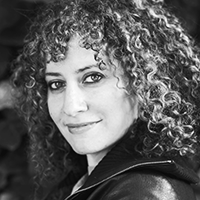
Debra Isaac is the Community Mentor at SideFX. With over a decade of experience teaching Houdini, she gets excited to share her enthusiasm for the software and focuses on encouraging artists to make amazing work with it. Additionally, she is an Adjunct Professor at USC Cinematic Arts, Expanded Animation, and is the founder of Houdini.School. Her community building efforts include co-organizing LAHUG and Houdini Battle. Debra is particularly interested in scientific visualization and dance animation.
Tuesday | Sept 10 | 1:00 PM EST
Character Animation Workshop in Houdini 20.5
An in-depth walkthrough of the tools, features and workflows for animating Characters in Houdini 20.5. We'll start with the basics such as setting up selection sets, to more advanced features, and by the end of the workshop, you should have the knowledge and understanding to begin animating in Houdini.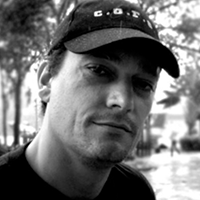
Warren Leathem is a Senior Animator on the character team at SideFX. Prior to joining SideFX in 2021, he spent over 20 years as an Animator, Animation Lead and Animation Supervisor in the film and TV industry, focused almost entirely on character animation. Having worked at studios such as MPC, Weta Digital, and Animal Logic, he brings that experience to focus not only on animators doing amazing work, but also on how animation fits into the overall production environment and workflows.
Wednesday | September 11
Day 2 | Houdini HIVE
8:00 AM
BREAKFAST/REGISTRATION
9:00 AM
Christopher Rutledge | Grin Machine & Magnus Møller | Tumblehead
9:45 AM
Timmy Lundin & Heinrich Löwe | ILP
12:00 PM
LUNCH
5:00 PM
HIVE Social

Wednesday | Sept 11 | 3:30 PM EST - This Recording is NOT currently Available
From Alternate Timelines to Bennifer: The Evolution of VFX in Netflix's The Umbrella Academy
From its debut in 2019 to its grand finale last month, FOLKS brought passion and commitment to all four seasons of The Umbrella Academy. Join us as we explore the creation of key effects like the Sparrow Academy’s attacking birds, the alternate reality of JFK’s assassination, and the city-wide destruction caused by the Kugelblitz.
Then, we’ll dive into the process behind crafting the unique digital versions of Ben and Jen in their sickly, pustular forms. They underwent a detailed transformation, eventually merging into a complex, bulbous creature that would grow in several stages, destroying the surroundings with uncontrollable strength, and finally melting into a slimy blob determined to take over the world!

Louis-Philippe Clavet is a VFX professional with experience as a simulation artist, CG supervisor, and VFX supervisor, now serving as Head of CG at FOLKS Montreal. Passionate about technology and innovation, he enjoys sharing his knowledge and helping others grow, both in the classroom and the workplace. His work on films like Sympathy for the Devil and Just a Breath Away earned him two Iris awards. Active in the community, he founded the Montreal Houdini User Group in 2015 and regularly participates as a speaker at international VFX events.
Wednesday | September 11
Day 2 | Solaris/Lookdev Workshop
8:00 AM
BREAKFAST/REGISTRATION
12:00 PM
LUNCH
1:00 PM
Project Greylight [Continued]
Andreas Weidman | SideFX
Workshops Sponsored by:


Wednesday | Sept 10 | 9:00 AM EST
Project Greylight - Lookdev Workflows for Indie Artist
A full-day workshop dedicated to introducing and exploring “Project Greylight” – using a custom Solaris toolset designed to streamline multi-shot workflows in VFX, particularly tailored for indie artists.
Throughout the day, we’ll dive into the toolset, providing an overall primer on Solaris and USD, complemented by hands-on examples.
This workshop is ideal for those looking to enhance their lookdev pipeline efficiency – and gain practical insights into advanced Solaris VFX workflows in a real-world context.
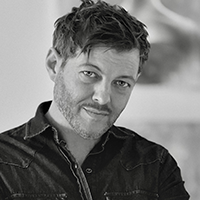
Andreas Weidman is a Swedish native and a VFX Supervisor at dupe VFX with over two decades of creating pretty visuals; initially as an art director and concept/motion artist, to a career in VFX lighting and supervision, contributing to shows like Westworld, Fear the Walking Dead, and The Mandalorian.
Thursday | September 12
Day 3 | Gamedev & R&D Presentations
8:00 AM
ARRIVAL
12:15 PM
LUNCH
Thursday | Sept 12 | 3:30 PM EST
R&D Panel
Join developers Edward Lam, Mark Tucker, Michiel Hagedoorn, Jeff Lait, Rob Vinluan and Mark Elendt as they discuss the development process that goes into key Houdini features such as KineFX, Solaris, Machine Learning, Pipeline, Houdini Engine, Copernicus, and Karma.
Day 3 | Worldwide HUGS
SideFX was pleased to bring together the worldwide Houdini community for the online Houdini User Group (HUG) event combining many of the world's HUGs into one half-day event.
To play the HUG presentations individually, click on the titles below:

